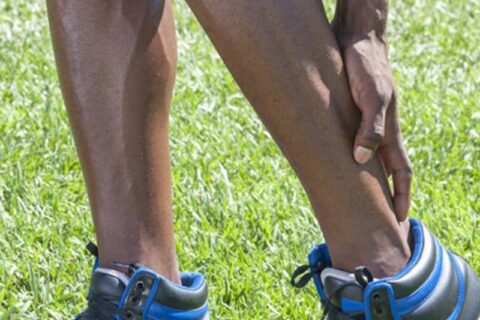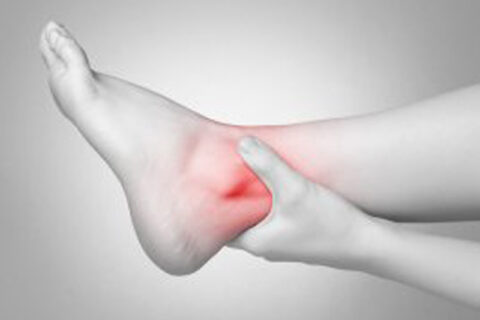Category: Arthritis
Foot and ankle injuries can range from mildly uncomfortable to painfully debilitating. If you have a serious foot or ankle injury, it’s advisable…
If you’re experiencing heel or foot pain in Sugar Land, then your podiatrist may inform you that you’re suffering from Achilles tendinitis or…
If you have ruptured an Achilles tendon, the road to recovery can be lengthy. Your foot doctor in Sugar Land will guide you through the process…
Arthritis is a chronic disorder that can affect any joint in the body, including feet and ankles. The majority of people who are diagnosed with…
Symptoms of Foot Arthritis
Arthritis is a joint inflammation that can cause inflammation and swelling around your joints and the soft tissues of…
How Can Your Podiatrist Help With Foot Arthritis?
Arthritis of the feet can be a disabling condition that may lead to reduced mobility.…



